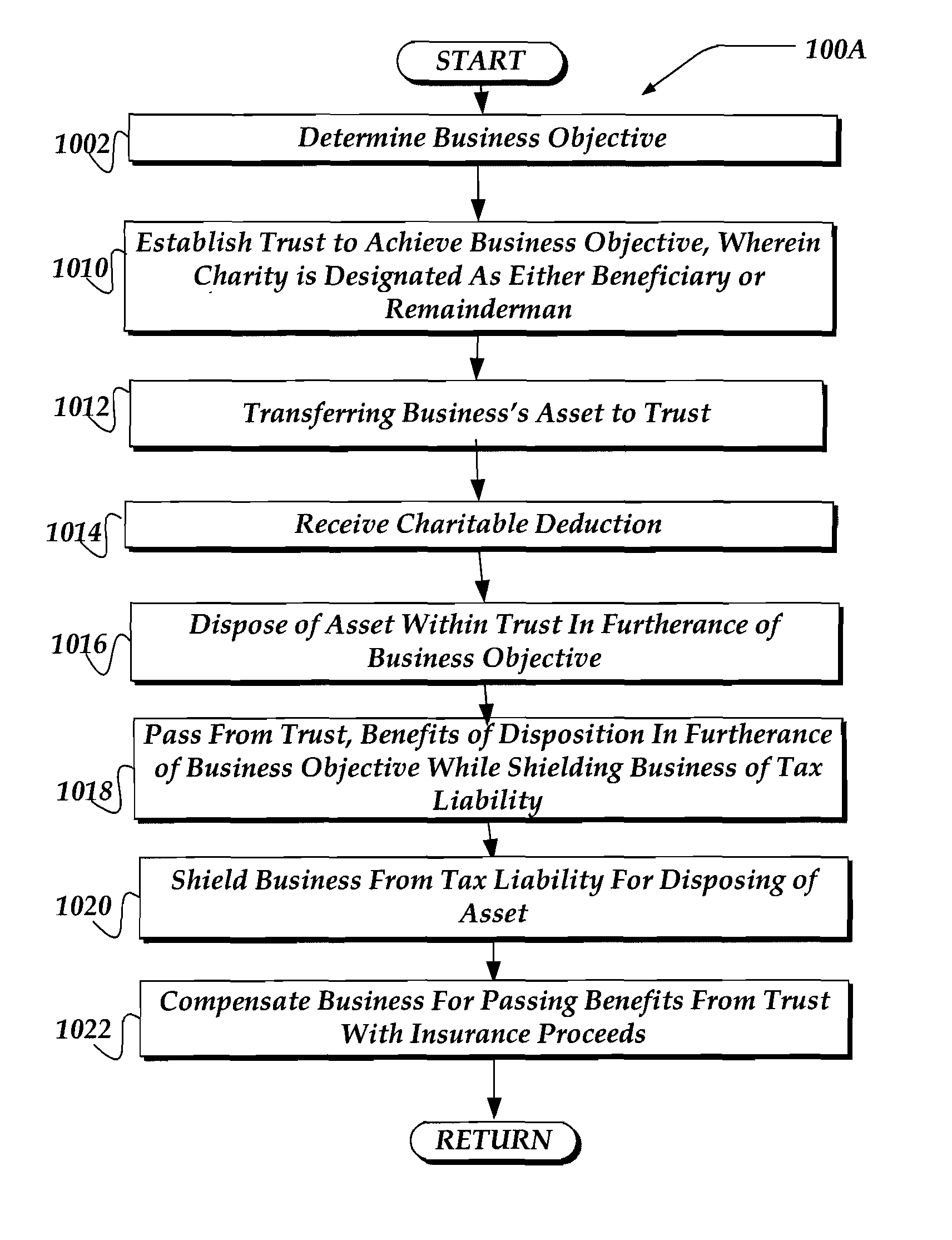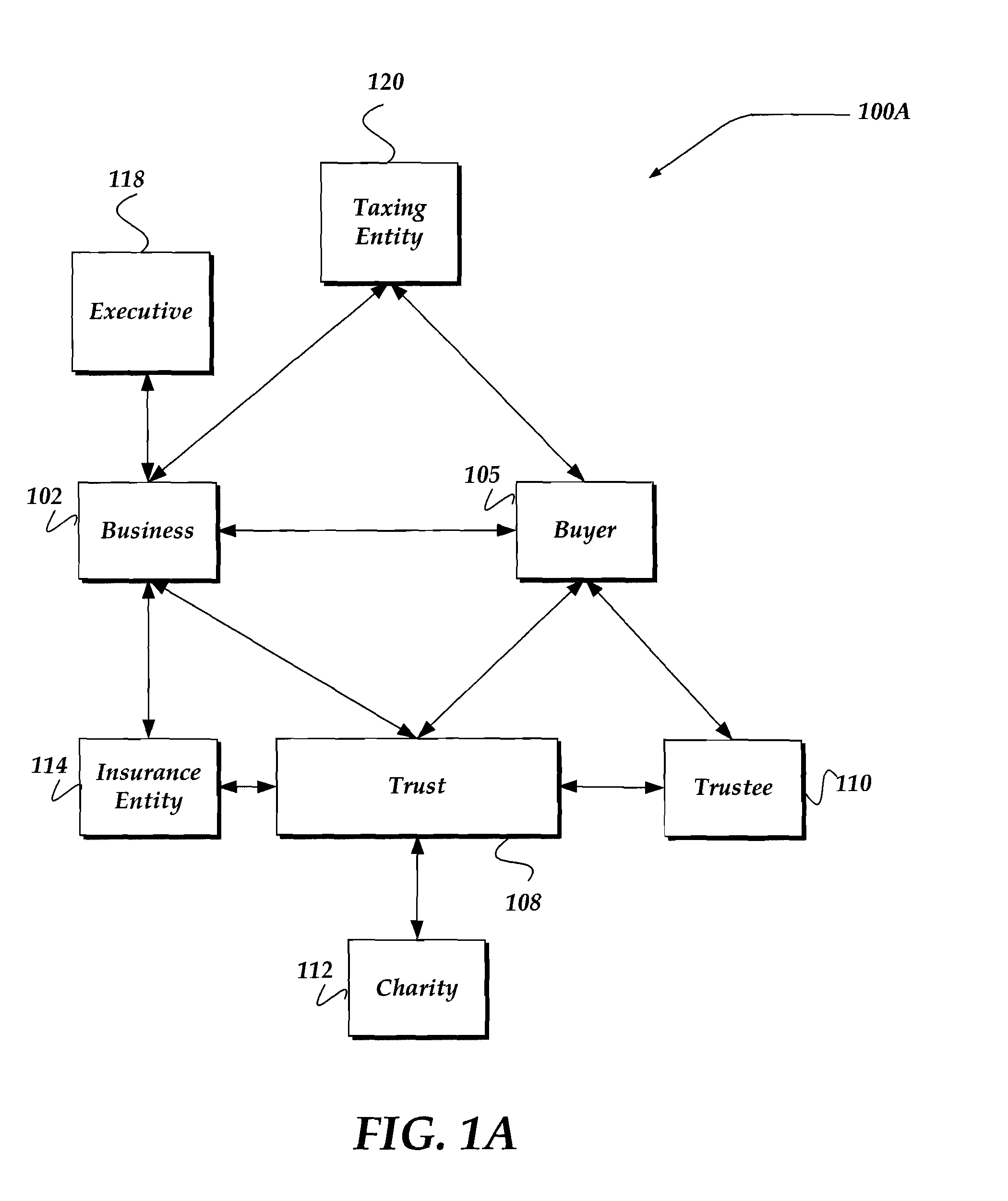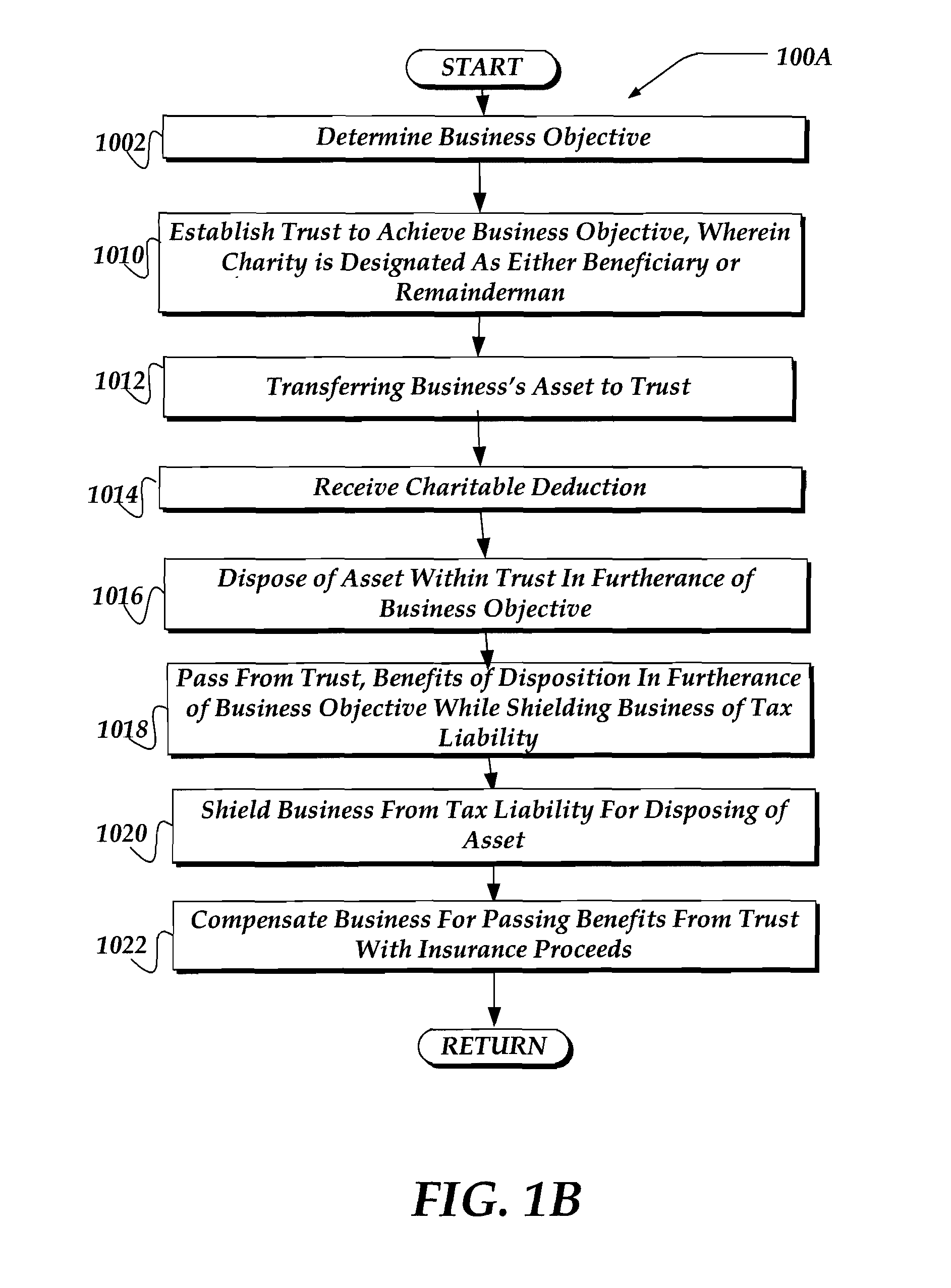Low-yielding assets are disadvantageous to the business in terms of its profitability.
Currently, however, these goals have not been readily or easily integrated.
M&As, as they were traditionally crafted, involved considerable negative tax consequences for the acquired or selling firm, and considerable expense for the acquiring or
purchasing firm.
Often these tax considerations made otherwise viable mergers and acquisitions impractical, and drove up the purchase price even in successful M&As.
This tax consequence is disadvantageous to the business in terms of its profitability.
Also, when a for-profit business (e.g., whether organized as a C or S corporation, a limited liability company (LLC), or a partnership, a real estate investment trust (REIT), a Massachusetts trust, or other form of
business entity) compensated its executives, the business would not generate any tax savings in the form of a charitable deduction, and would not receive any
community goodwill or favorable publicity as a “good business citizen.” Similarly, the business funds used to pay the executive were generally subject to the claims of creditors of the business.
The tax consequences of the temporarily unwanted income is disadvantageous to the business in terms of its profitability.
Whenever any for-profit business (e.g., whether organized as a C or S corporation, a limited liability company (LLC), or a partnership, a real estate investment trust (REIT), a Massachusetts trust, or other form of
business entity) wished to attract and retain top executives, the business had a limited number of tools it could utilize to do so.
None of these tools afforded a means of providing housing to the executive and his or her family while at the same time securing a charitable deduction.
This tax consequence is disadvantageous to the business and its owners in terms of the expense involved.
This left shareholders and owners virtually uninformed to a significant disposition of business assets.
A major limitation is that
CRTs cannot own Subchapter S stock (or the S corporation will lose its S status).
Another problem asset is real property subject to an indebtedness, which can trigger UBTI, triggering a forfeiture (for that year at least) of the CRT's tax-exempt status (this depends a good deal on how long the debt has been in place, etc., under fairly technical rules).
(E.g., some trust investments—which can include puts, calls, straddles, and futures—may be deemed to be “jeopardy investments” and may trigger an excise tax under Code Section 4944).
However, given the relative narrowness of these tax-free reorganizations, as a practical matter, relatively few mergers or acquisitions in fact satisfy the Code Section 368 rules.
A large number of things can “go wrong,” including the reluctance of the acquired firm or its owners to be exposed to tax liability attendant on the acquisition, and the reluctance of the acquiring firm to pay enough to make its offer attractive.
Often, the difference between a successful and unsuccessful bid often involves the amount of the purchase price and the amount of tax liability involved (in addition to various “sweeteners,” etc.) Mergers and acquisitions negotiations can be highly complicated, often with “everything on the table” for negotiation and resolution.
A frequently-cited problem with BOLI products, and particularly with “
early generation” BOLI products, is that their yields are often significantly lower than in other investments.
This concern is often worsened by the fact that the original participant base is no longer active with the owner
bank, making it impossible to enhance the yields due to the banks' inability to exchange these older products for more efficient structures without incurring expense.
This dilemma, in fact, leaves the
bank with very little recourse using traditional means.
In addition, if appreciated BOLI is surrendered, the
bank can incur a significant charge to earnings as it recognizes state and federal taxes and the 10% modified endowment contract (MEC) penalty, potentially resulting in a reduction in value of as much as 47.5% or more on the BOLI investment.
 Login to View More
Login to View More  Login to View More
Login to View More 


